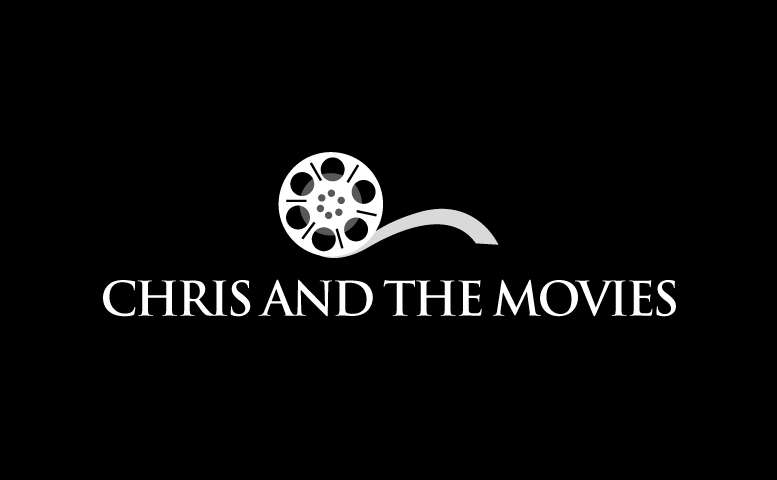The opening sequences of "Machete" start in the same style of Robert Rodriquez's "Planet Terror" portion of "Grindhouse," with scratchy film as a homage to the 1970s grindhouse films he enjoyed. There is head-slicing from the beginning as the title character, played by Danny Trejo, storms a rusty old house filled with bad guys and carries a woman to safety. The woman, while still unclothed, returns the favor by slicing Machete's leg and brings out the bad guy, who then has her shot.
The bad guy is a Mexican drug cartel played by Steven Seagal and despite his Mexican nationality, wields a potent samurai sword. There are other villains who pop up--Jeff Fahey reprises his role from the "Machete" trailer first seen in "Grindhouse" as a businessman who simultaneously is the backbone behind the political career of a state senator named John McLaughlin (Robert De Niro). McLaughlin utilizes the fierce anti-immigrant stance of Texas to create the appearance of an assassination attempt by Machete and thereby increase his poll numbers. Don Johnson is also here as a brutal militiaman happy to shoot away at illegal immigrants. He's as fierce as Bull Connor and doesn't "speak Mexican" but is still angry that immigrants are on his Daddy's land and worried that Texas will become part of Mexico (again). Jessica Alba plays a Latina immigration officer doing her job to protect the law. Perhaps her heart will change when she meets Machete. Michelle Rodriquez plays Luz, who runs a taco stand but also leads a network of immigration help services. Lindsay Lohan plays the daughter of Fahey's character who also aspires to be a model.
Most of the actors are enjoyable to watch, especially Trejo and De Niro. This is Trejo's fifth appearance as the character; the first two were in Rodriquez's "Spy Kids" films, so this might be the only character in cinematic history who has appeared both in PG-rated family fun and R-rated sex and violence action. Johnson and Seagal are surprisingly effective also, as is Seagal.
I usually like Robert Rodriquez. His "Sin City" is one of the greatest films in recent memory, and his "Planet Terror" was better than the other portion of "Grindhouse" (Quentin Tarantino's "Death Proof"). But with "Machete," there is a certain level of stupidity that cannot be tolerated, especially when human intestines is used as a grappling. I'm not as a good a Catholic as I used to be, but I still get disturbed by images of a priest shooting guys' heads off in a church. There are elements of silliness that are frankly too silly. To put it simply, there are many good parts but much more bad parts.
The bad guy is a Mexican drug cartel played by Steven Seagal and despite his Mexican nationality, wields a potent samurai sword. There are other villains who pop up--Jeff Fahey reprises his role from the "Machete" trailer first seen in "Grindhouse" as a businessman who simultaneously is the backbone behind the political career of a state senator named John McLaughlin (Robert De Niro). McLaughlin utilizes the fierce anti-immigrant stance of Texas to create the appearance of an assassination attempt by Machete and thereby increase his poll numbers. Don Johnson is also here as a brutal militiaman happy to shoot away at illegal immigrants. He's as fierce as Bull Connor and doesn't "speak Mexican" but is still angry that immigrants are on his Daddy's land and worried that Texas will become part of Mexico (again). Jessica Alba plays a Latina immigration officer doing her job to protect the law. Perhaps her heart will change when she meets Machete. Michelle Rodriquez plays Luz, who runs a taco stand but also leads a network of immigration help services. Lindsay Lohan plays the daughter of Fahey's character who also aspires to be a model.
Most of the actors are enjoyable to watch, especially Trejo and De Niro. This is Trejo's fifth appearance as the character; the first two were in Rodriquez's "Spy Kids" films, so this might be the only character in cinematic history who has appeared both in PG-rated family fun and R-rated sex and violence action. Johnson and Seagal are surprisingly effective also, as is Seagal.
I usually like Robert Rodriquez. His "Sin City" is one of the greatest films in recent memory, and his "Planet Terror" was better than the other portion of "Grindhouse" (Quentin Tarantino's "Death Proof"). But with "Machete," there is a certain level of stupidity that cannot be tolerated, especially when human intestines is used as a grappling. I'm not as a good a Catholic as I used to be, but I still get disturbed by images of a priest shooting guys' heads off in a church. There are elements of silliness that are frankly too silly. To put it simply, there are many good parts but much more bad parts.












